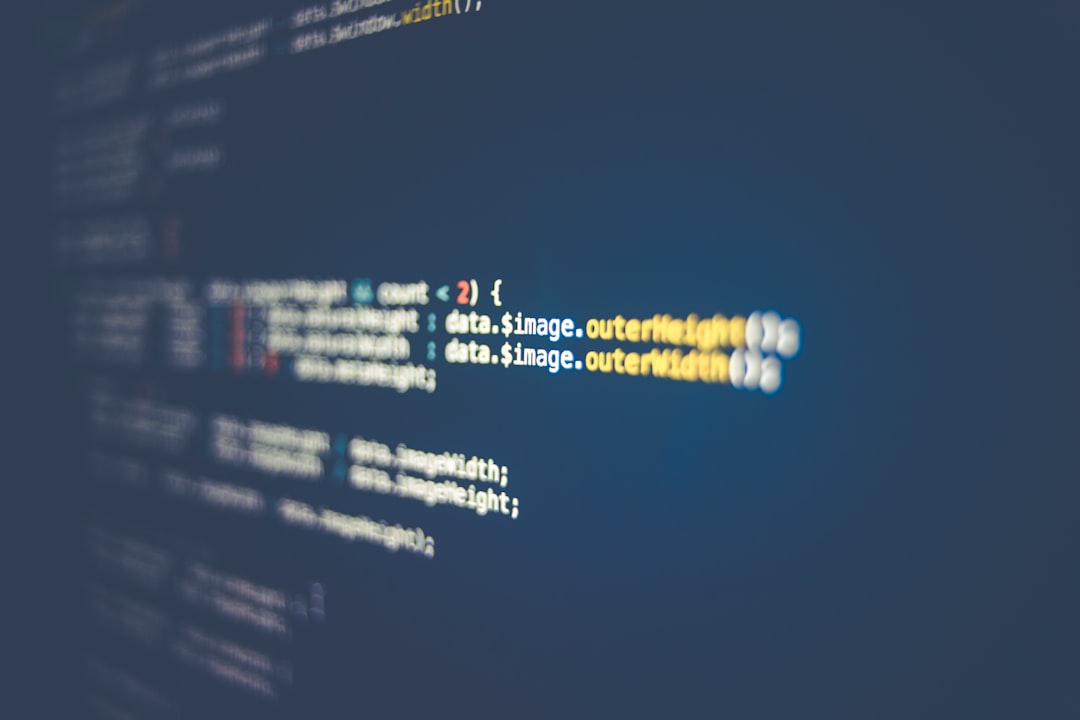What is it about?
Purpose – The purpose of this paper is to discuss Stockhausen’s comment that the destruction of the twin towers in New York in September 11, 2001 was “the greatest work of art that ever existed” – a comment that raises crucial questions about the relationship between art and politics, art and ethics, also on the very concept of “artwork”. Design/methodology/approach – Focus on art as a system of communication according to a sociocybernetic approach. Findings – The paper argues that Stockhausen’s concept of artwork, which radicalizes the “organic metaphor”, culminates by 1950 in the ideal of a self-produced work of music (very similar avant la lettre to the concept of autopoiesis). Although produced by human labour, the artwork should emerge and act as if it was self-produced. Such reification of art has its counterpart in the Western hegemonic paradigm of artistic communication, which also aims, by means of illusionist devices, to conceal the production process that gives rise to the artwork. Both forms of aestheticism could be described in terms of “phantasmagoria” (similarly to Marx’s commodity fetishism). Originality/value – By discussing critical alternatives to aestheticism, the paper characterizes them as an attempt, from within autonomous art, to operate the re-entry into the system of communication of the distinction art/life-world. Autonomous art becomes in this way self-critical of its own autonomy. Keywords - Art, Philosophy, Music, Aesthetics, Autopoiesis, Sociocybernetics
Featured Image
Read the Original
This page is a summary of: Art as “phantasmagoria”: between illusion and reification, Kybernetes, November 2013, Emerald,
DOI: 10.1108/k-10-2012-0072.
You can read the full text:
Contributors
The following have contributed to this page










